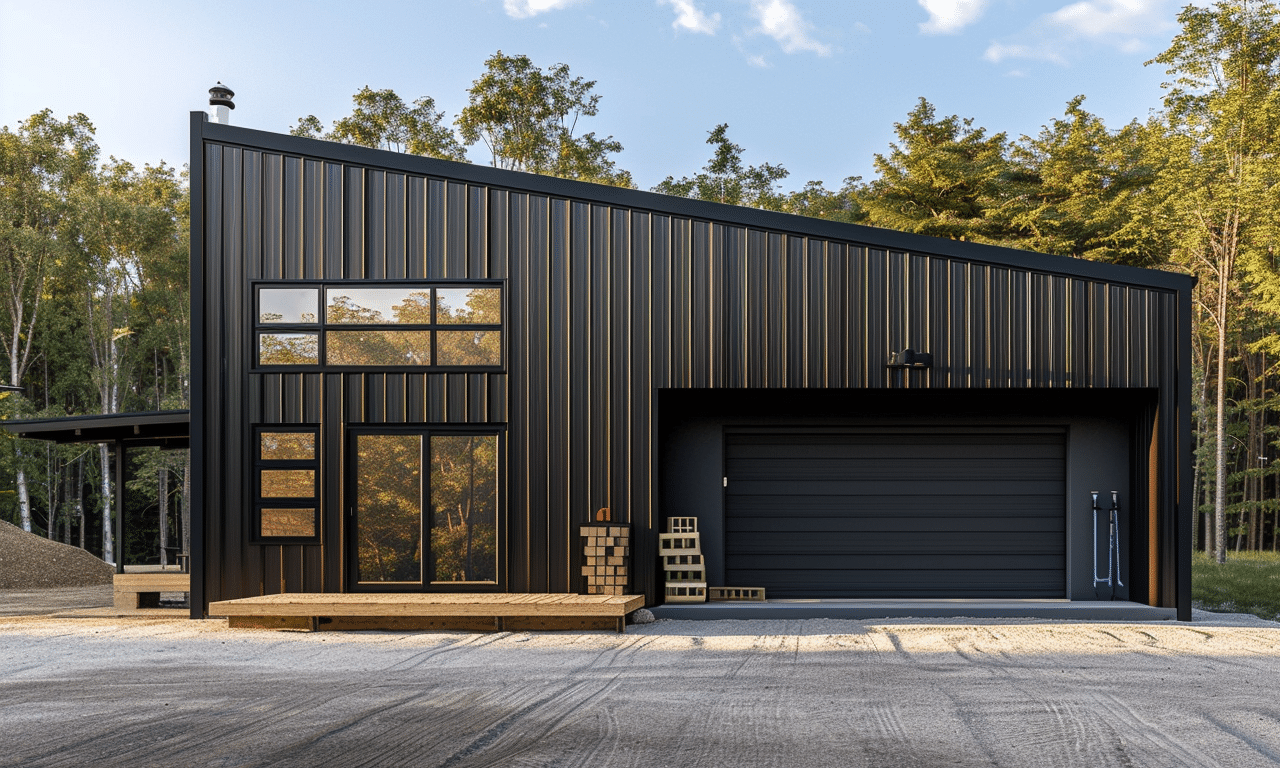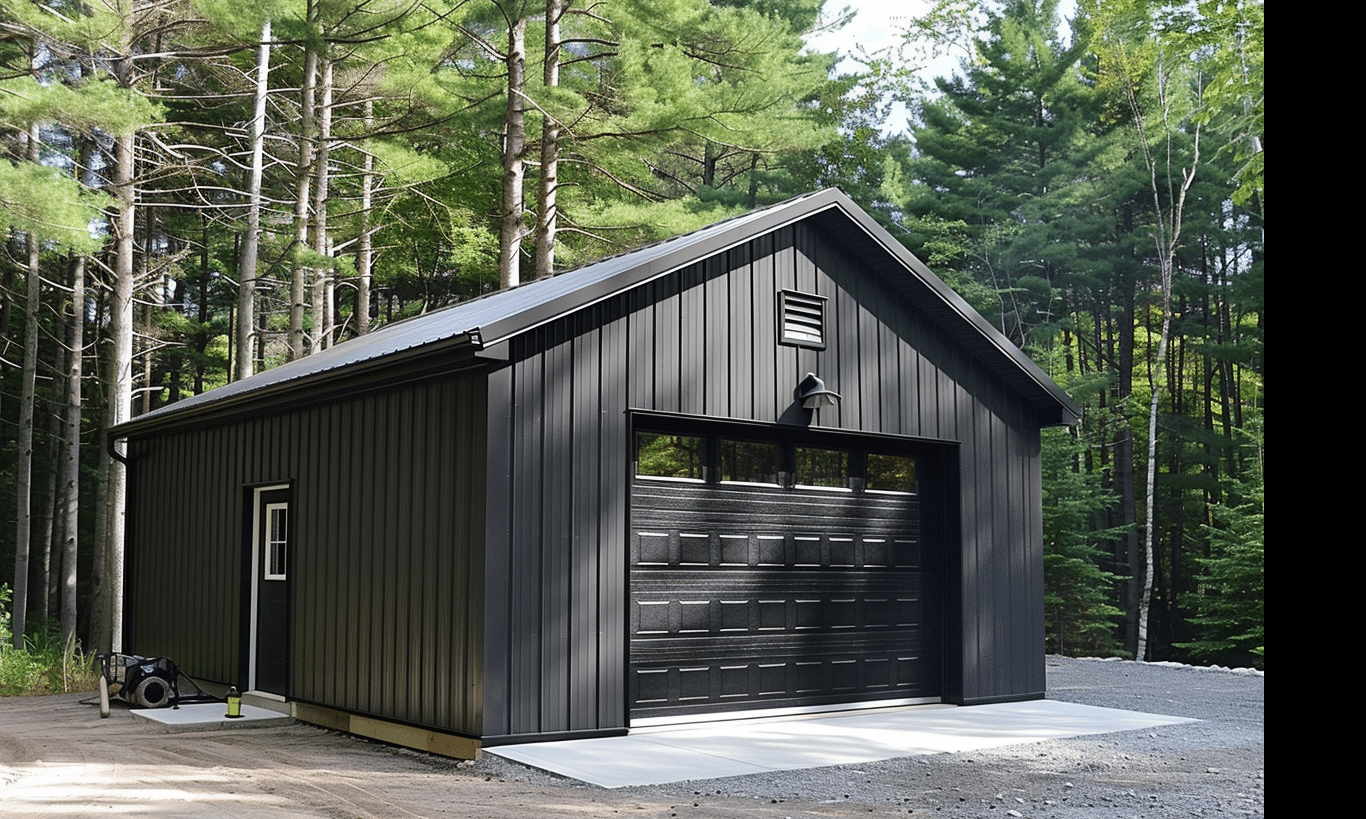When it comes to creating structures that stand the test of time, choosing the right building material is crucial. But with wood and steel each touting their own strengths, how do you decide which one is best for your project? Let’s embark on an insightful journey to compare these two titans of the construction industry in this comprehensive wood vs. steel comparison.
###
Understanding Wood and Steel: The Basics
Before just diving into the metrics of strength and sustainability, let’s set the stage with a fundamental understanding of each material. Wood has been used for centuries, cherished for its natural aesthetic and ease of use. Steel, a relative newcomer, offers a modern twist on progress with its unbeatable strength and flexibility. Both have their merits, but the ultimate choice often boils down to the specific needs of your project.
###
The Advantages of Wood
When considering wood as a building material, several factors make it an attractive option:
– **Natural Insulation**: Wood naturally conserves energy, keeping buildings warm in winter and cool in summer without artificial heating or cooling systems.
– **Stylistic Flexibility**: Wood offers charismatic aesthetics; its natural grain and color variations lend warmth and character to any space.
– **Sustainability**: As a renewable resource, responsibly sourced wood supports eco-friendly practices.
Yet, wood isn’t free from drawbacks. It is susceptible to pests, rot, and moisture, requiring maintenance and treatments. Nevertheless, for traditionalists, wood’s charm often outweighs these concerns.
###
The Advantages of Steel Framing
Steel is celebrated for its remarkable strength-to-weight ratio, providing a slew of advantages that often tip the scale in its favor:
– **Durability and Strength**: Steel structures boast immense durability, withstanding harsh weather conditions and natural disasters.
– **Design Flexibility**: Architects love steel for its capability to achieve designs that wood simply cannot without compromising stability.
– **Recyclability**: Steel is 100% recyclable, promoting an environmentally conscious choice for construction.
Despite its many benefits, steel can be less forgiving in terms of creating a warm, inviting atmosphere without additional design techniques.
###
An In-depth Wood vs. Steel Comparison
To gain a holistic view of the debate between wood and steel, let’s weigh them against each other in key construction metrics.
###
Cost Efficiency
For budget-conscious builders, cost efficiency is paramount. Wood generally requires less upfront investment compared to steel, mainly due to its ubiquitous availability. However, over the long term, steel often proves more economical. How so? Steel’s resilience minimizes costly repairs and replacements, making it a wise choice for enduring projects.
###

###
Environmental Impact
The battle of natural vs. synthetic materials presents a fascinating clash. Wood, as a natural material, is generally considered more environmentally friendly when sourced sustainably, whereas the production of steel has historically been more energy-intensive. Yet, innovative technologies are rapidly greening the steel industry, allowing builders to reduce the carbon footprint of Steel Building Supply chains.
###
Durability and Maintenance
Steel reigns supreme in durability, offering an almost maintenance-free life once appropriately protected from corrosion. Wood requires meticulous upkeep to prevent decay, especially in regions prone to humidity and termites. Investing in treatments and quality assurance can offset this maintenance burden, but at an additional cost.
###
Adaptability and Expansion
When versatility and adaptability come into play, steel offers unrivaled benefits. Expansion and modification of structures are considerably more straightforward with steel frameworks due to their modularity. Consider investing in a 30×40 steel building kit, known for simplicity in assembly and adaptability for numerous applications.
###
The Industry Perspective: BuildForce Canada – Wood vs Steel
According to BuildForce Canada – Wood vs Steel, often the local market and regional preferences dictate the popularity of materials. Builders and architects should always consider geographic influences, economic conditions, and client preferences to steer their decisions.
###
Final Words: Making the Choice
Choosing between wood and steel isn’t a question of superiority but of suitability. Both materials thrive when applied to their strengths. Realistically assess your project’s specific needs, budget constraints, and long-term goals. In scenarios demanding efficiency and modern aesthetics, steel could be your best ally. Conversely, for warmth and natural appeal, quality wood cannot be matched.
In conclusion, as construction practices evolve, both wood and steel maintain their relevance. The pivotal task for builders is weighing options and optimizing choices to achieve the best possible outcomes for their clients. Whether choosing refined wood or robust steel, your project’s success hinges on informed, strategic planning and execution.










